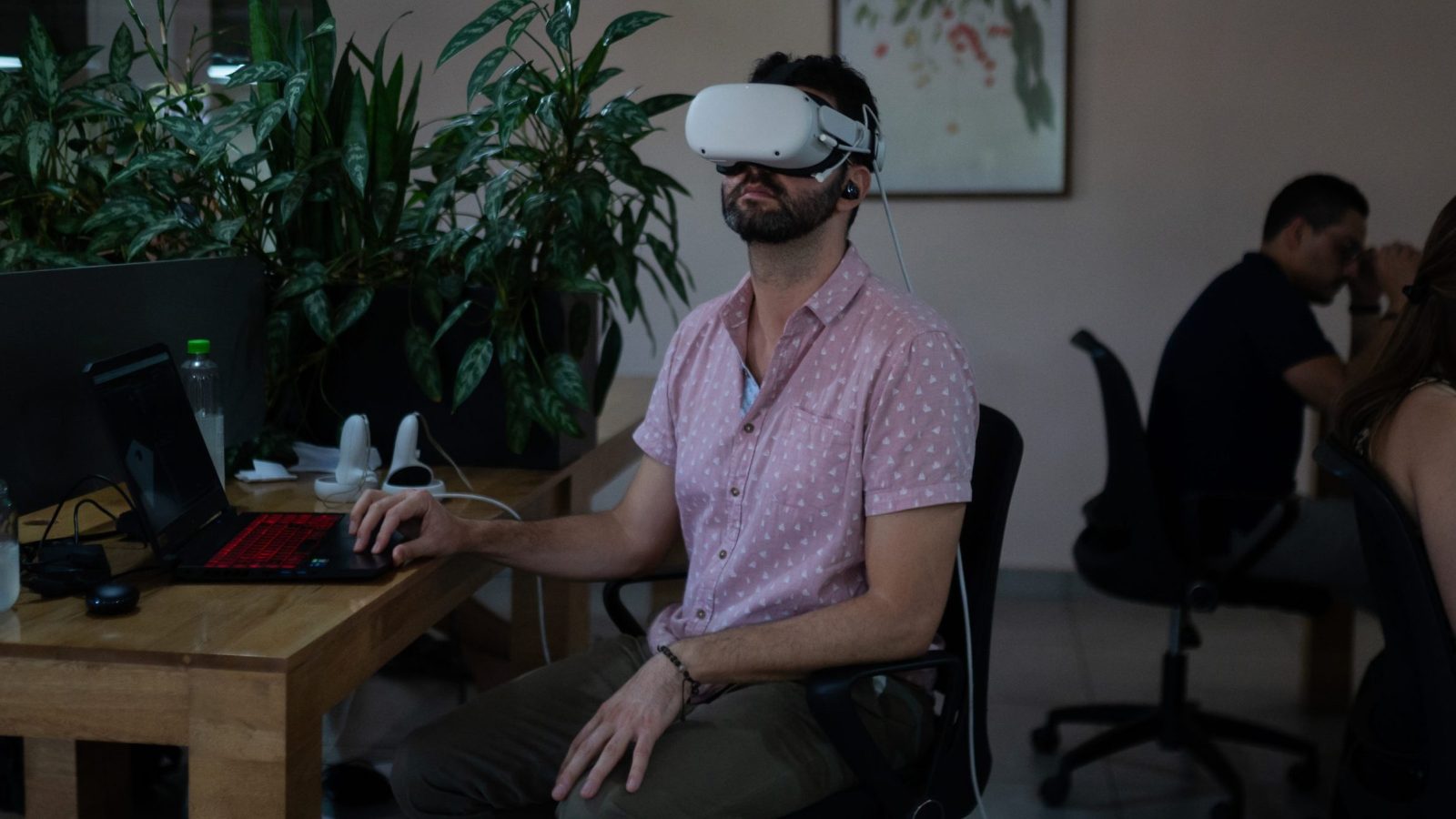المفاهيم الأساسية
Digital nomads are transforming cities globally, impacting local economies and cultures through their presence.
الملخص
The rise of digital nomads is reshaping cities like Medellín and Bali, causing economic disparities and cultural shifts. The influx of remote workers has led to rising rents, gentrification concerns, and debates over the impact on local communities. Despite the benefits they bring, such as increased tourism revenue, there are growing tensions between nomads and locals in these popular destinations.
How digital nomads have reshaped cities around the world
الإحصائيات
6,000 Colombian pesos ($1.34) The cost of a latte in Medellín
25.20 Argentine pesos (12 cents) The cost of a bus ride in Buenos Aires
2022 The year Portugal introduced a visa for digital nomads
93 The number of foreigners deported from Bali so far in 2023, most of whom were violating their visas
اقتباسات
"People chase novelty, and you go to a new place, and it’s super exciting, right? That wears off over time." - Markus Seebauer
"Costs are rising because these people are spending a lot of money here since they think everything is cheap." - Local Resident
"The influx of foreign money ultimately benefits everyone." - Claudia Heredia
الرؤى الأساسية المستخلصة من
by Stephen Witt في restofworld.org 05-23-2023
https://restofworld.org/2023/digital-nomads-visa-pricing-out-locals/
استفسارات أعمق
How can cities balance the economic benefits brought by digital nomads with the negative impacts on local communities?
Cities can balance the economic benefits brought by digital nomads with the negative impacts on local communities by implementing various strategies. One approach is to establish regulations or policies that ensure fair competition in housing markets, preventing price inflation and ensuring affordable housing for locals. This could involve setting limits on short-term rentals like Airbnb, promoting affordable housing initiatives, or imposing taxes on vacant properties owned by non-residents.
Furthermore, cities can invest in community development projects that benefit both digital nomads and locals. By creating shared spaces for collaboration and cultural exchange, such as coworking hubs or community centers, cities can foster a sense of belonging and integration among different groups. Additionally, promoting responsible tourism practices and encouraging ethical consumption can help mitigate any adverse effects of gentrification caused by an influx of remote workers.
Ultimately, fostering open dialogue between stakeholders - including residents, businesses, policymakers, and digital nomads - is crucial for finding sustainable solutions that support economic growth while preserving the social fabric of local communities.
How might the cultural exchange between digital nomads and locals influence long-term social dynamics in these cities?
The cultural exchange between digital nomads and locals has the potential to significantly impact long-term social dynamics in cities hosting remote workers. This interaction can lead to a sharing of knowledge, ideas, and perspectives that enriches both parties' experiences. Digital nomads bring diverse skills from their home countries which may contribute to innovation and entrepreneurship within local communities.
Moreover, cultural exchanges foster mutual understanding and tolerance among individuals from different backgrounds. As digital nomads engage with local traditions, languages, cuisine, and customs; they not only gain a deeper appreciation for the host culture but also contribute to its preservation through cross-cultural collaborations.
On a broader scale,
the presence of digital nomads may stimulate economic growth through increased spending at local businesses
and create opportunities for skill transfer.
However,
it's essential to address any power imbalances or inequalities that may arise due to differences in income levels between remote workers
and locals.
By promoting inclusive practices,
encouraging meaningful interactions,
and supporting initiatives that benefit all members of society;
cities can harness the positive aspects of cultural exchange
to build more cohesive
and resilient communities over time.
What measures can be taken to address rising rents
and gentrification caused by
the influx
of remote workers?
To address rising rents
and gentrification caused
by
the influx
of remote workers,
cities must implement targeted interventions aimed at protecting vulnerable populations
while maintaining a vibrant urban environment.
One effective measure is establishing rent control policies
that limit how much landlords can increase rental prices annually.
This helps prevent sudden spikes in rent costs
that could displace long-time residents.
Additionally,
cities should invest in affordable housing programs
to provide accommodations for low-income individuals
impacted by rising rents.
Community land trusts,
which allow residents collectively own land
can also help stabilize property prices
while giving tenants greater security.
Furthermore,
local governments should prioritize mixed-use developments
that combine residential units with commercial spaces;
this creates diverse neighborhoods where people live,
work,
shop,
socialize
in close proximity.
In terms
of addressing gentrification,
cities need comprehensive urban planning strategies
that consider both short-term needs
long-term goals.
Preserving historical sites
cultural landmarks,
implementing zoning laws
protect neighborhood character are vital steps
maintaining socio-economic diversity.
Overall,
a balanced approach involving collaboration
between government agencies,
real estate developers,
community organizations,
residents is key
mitigating negative impacts
rising rents
gentrification
ensuring inclusive growth across all segments
city population
0
